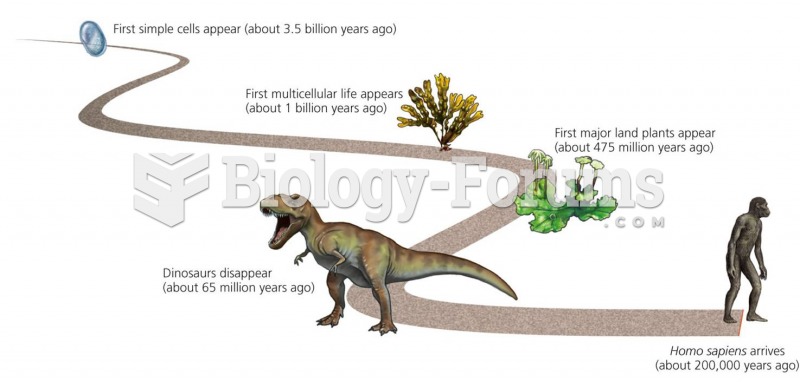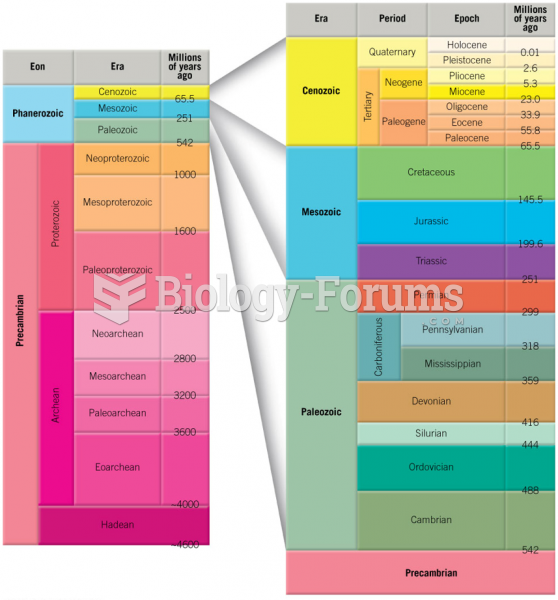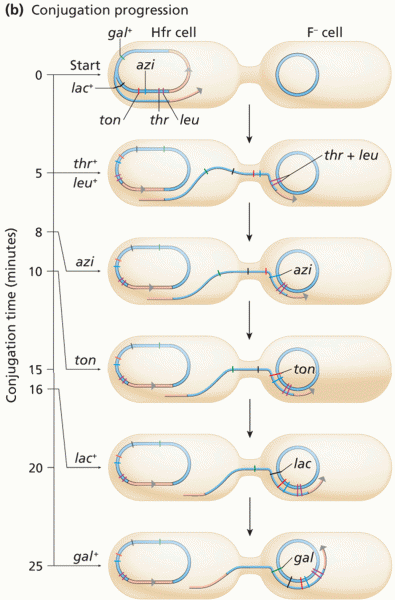|
|
|
Did you know?
Alcohol acts as a diuretic. Eight ounces of water is needed to metabolize just 1 ounce of alcohol.
Did you know?
There are 20 feet of blood vessels in each square inch of human skin.
Did you know?
Children with strabismus (crossed eyes) can be treated. They are not able to outgrow this condition on their own, but with help, it can be more easily corrected at a younger age. It is important for infants to have eye examinations as early as possible in their development and then another at age 2 years.
Did you know?
Excessive alcohol use costs the country approximately $235 billion every year.
Did you know?
Bacteria have been found alive in a lake buried one half mile under ice in Antarctica.







